Superman (1978): The Blueprint for Everything That Followed
A look back at the original cape crusader before the reboot tries to make him relevant again
Before the MCU, before The Dark Knight, before every studio scrambled to build a cinematic universe out of whatever IP hadn’t expired yet—there was just one man. In tights. Flying solo.
Richard Donner’s Superman (1978) wasn’t just the first real superhero movie. It was the proof of concept. A big-budget comic book adaptation that didn’t wink, didn’t flinch, and somehow almost had Marlon Brando as a talking bagel.
With James Gunn’s reboot in theaters, let’s revisit the cape that started it all. And ask: What did 1978 get right that so many modern superhero movies forget?
A Super Sized Script
“In 1975, the Salkinds hired the Godfather author Mario Puzo to write Superman’s first big-screen treatment. At DC HQ, he met with comic writers like Elliot S. Maggin and Cary Bates—then looked up and said: ‘Wow! Superman is like a Greek tragedy!’”
His scripts were unwieldy (over 300 pages), and there was even one version where Clark was a news anchor and Lois was a weather girl. Some say that Puzo was a great storyteller but a bad screenwriter; you be the judge.
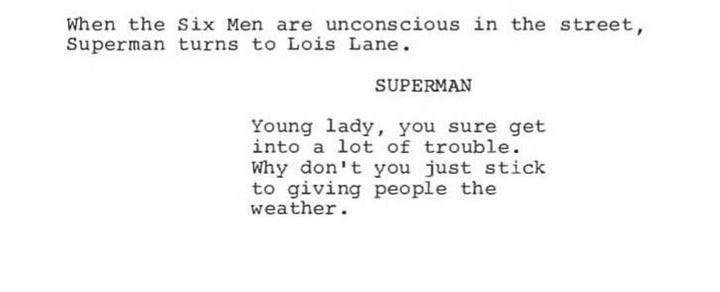
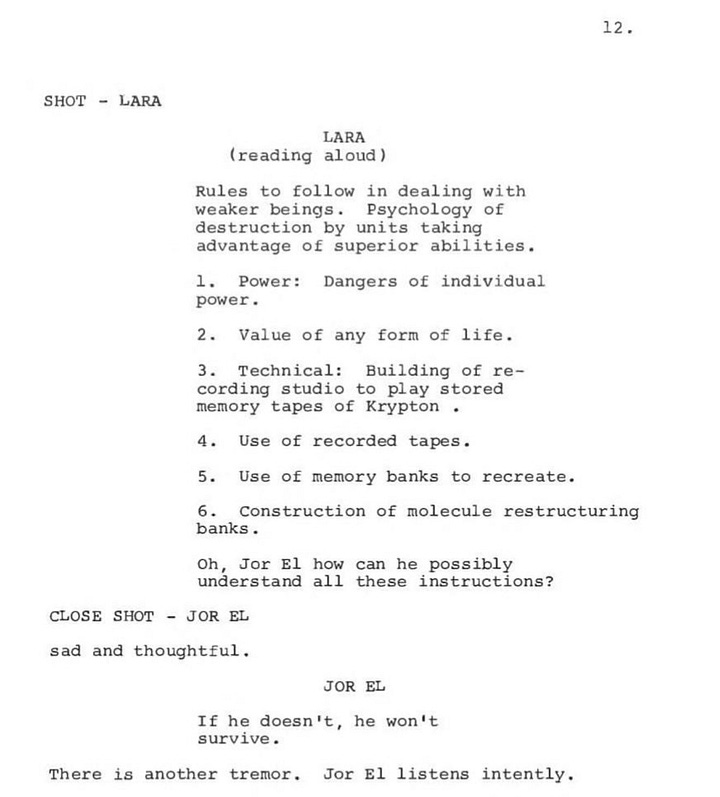

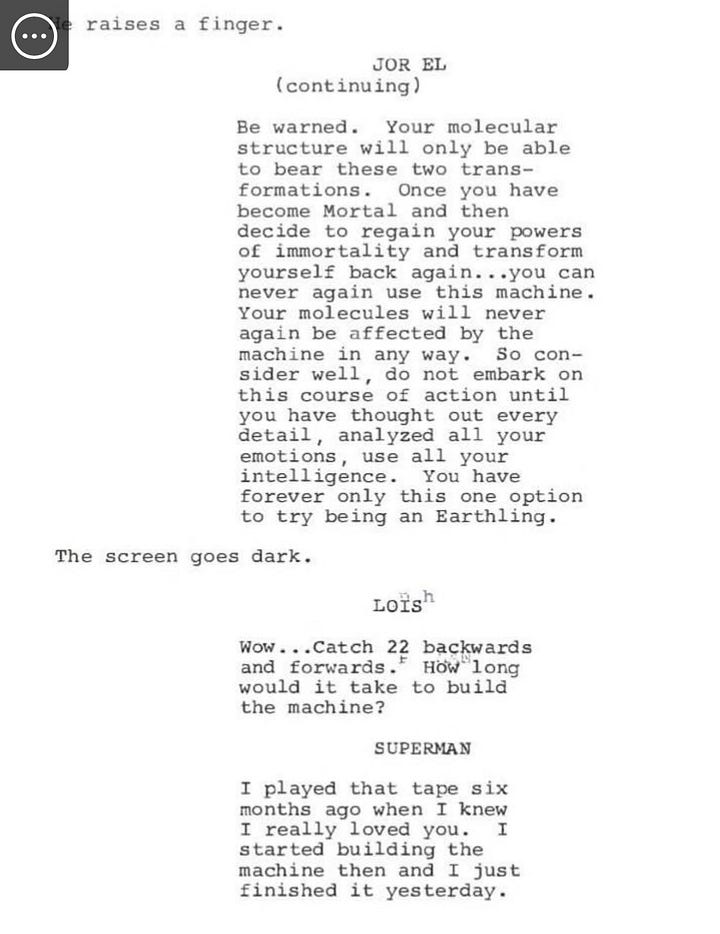
Brando’s Ideas were pure Kryptonite.
Brando reportedly pitched that Jor-El should be a floating green suitcase or a glowing bagel so he wouldn’t have to appear on camera at all. Probably because he didn’t want to memorize his lines, Brando’s contract allowed him 12 days to finish shooting, but learning dialogue wasn’t part of the deal. He placed the Cue Cards all over the set. He read some of his dialogue off a card taped to the baby’s diaper while holding him during those iconic Krypton scenes.
Brando earned $3.7 million plus 11.75% of the backend—more than Reeve, Kidder, Hackman, and Stamp combined. His contract guaranteed additional payouts for sequel footage, so when Superman II rolled around, the producers cut him out entirely to avoid paying him again. Hence the awkward holograms of Susannah York. (Donner restored Brando’s scenes in his 2006 Director’s Cut.)
However, in 1978 prior to his acting career, a then-16-year-old Elwes was tasked with being an assistant to the legendary Marlon Brando on the set of "Superman: The Movie" after one of the assistant directors fell ill.
In a recent interview with The Daily Telegraph, Elwes states that his primary job was to make sure that Brando was out of his trailer and on the set in time to film his scenes; a task that was not always easy to manage.
"Marlon had no incentive to be on time, because his agent had struck the most amazing deal for him. Every day that the picture went over, he got another million dollars," stated Elwes. "So he drove poor Richard Donner up the wall, because he just strolled in whenever he felt like it. Sometimes before lunch, sometimes... not before lunch."
Elwes revealed that he eventually learned how much Brando enjoyed being brought food that he liked which would not only make him happier, but also result in the star into arriving on the set on time.
SUPERBOD
“They offered me fake muscles. I said: give me time.” – Christopher Reeve
At the time of casting, Reeve was 6’4” and 170 pounds—what Donner called “positively scrawny.” Reeve trained under David Prowse, the British bodybuilder who also played Darth Vader. He gained 40 pounds of muscle in just under a year, eventually clocking in at 212 pounds during filming. Reeve said he didn’t want to look like a gym rat—he wanted a physique that felt “believable, not grotesque.”
The transformation was physical, yes—but also spiritual. Reeve didn’t play two characters. He played one man holding a secret.
MAN INTO SUPERMAN
“Chris could turn into Superman by doing almost nothing.” - Richard Donner
As Clark Kent, Reeve hunches, tucks his chin, raises his voice slightly, and adds nervous energy. As Superman, he pulls back his shoulders, lowers his voice, makes eye contact, and stillness does the work.
Too Many Villains? Somehow It Works”
Before it was fashionable to cram five villains into a superhero movie Superman (1978) somehow pulled it off. Each villain had a tone, a costume, a weird little internal logic.Somehow, Donner gave us camp, menace, and high Shakespearean beef—all without a single CGI blob.
Lex like a smug real estate grifter who thinks he’s the smartest man in every room—and might actually be right. Equal parts Bond villain and Bronx landlord. Otis set the blueprint for the modern bumbling henchman—sweet, sloppy, and always one step behind both the plan and his own lunch.
“I woudn’t play Superman for anything. (Playing Lex) is a license to steal almost anything you do is going to be okay. He’s flamboyant and deranged, all the things actors love to play. —Gene Hackman
Zod, Ursa, and Non arrive like a glam-rock band from space. Stamp plays Zod like a vinyl-clad tyrant with a God complex. Ursa steals valor and crushes egos. And Non? A mute brute with toddler vibes and Frankenstein pathos.
When I walked onto that set I’d been an ashram for a year, learning to separate orgasm from ejaculation. I was rechannelling the lifeforce and I hadn’t been working, and when I walked on the set, it seemed like everyone was asleep, but I was so, so ready. The only guy who was really up for it was Brando -- he totally understood where I was coming from. - Terrance Stamp on Zod
The Flying Secret Weapon: Zoptic
Zoran Perisic, inventor of the Zoptic process, this vintage interview dives deep into how Superman was made to fly. As the camera zoomed in on Superman (Christopher Reeve on wires), the background projection also zoomed out at the same rate. This created a forced perspective illusion: Superman grows larger on screen—approaching the camera—while the background looks like it’s receding behind him. Result? A realistic, dynamic flying shot that felt three-dimensional and grounded. It was a practical effect that outperformed CGI decades before it existed.
Truth, Justice, and… No Action Figures
Kenner’s Star Wars figures hit stores in early 1978, even selling empty boxes at Christmas 1977 because demand was so high. The Salkinds didn’t structure contracts for toy licensing the way Lucas did. They were focused on foreign pre-sales and rights haggling—not Happy Meals. Lucas was selling future nostalgia. The Salkinds were selling TV rights to Paraguay.
By the time Superman’s success was obvious (early ‘79), toy production timelines were already 12–18 months out. Which meant there was never a toy line for the 1st two films.
But what’s better than a toy, THE REAL THING
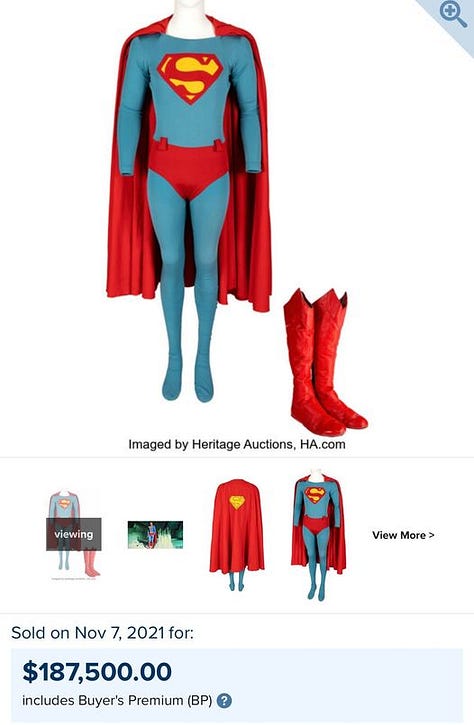


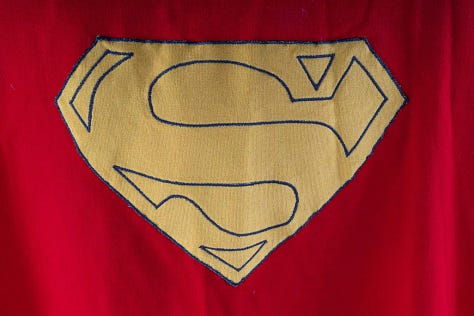


A complete screen‑used costume from Superman I–III sold at Prop Store in 2022 for $359,375 .
The iconic flying miniature—a little Superman figure rigged to “fly” in those composite shots—sold for £13,860 (~$17,000) .
A kryptonite shard, part of Lex’s necklace, was listed with a £800–£1,200 estimate .
A Superman cape worn by Christopher Reeve sold at auction for $193,750 in December 2019.
Large Fortress of Solitude Crystal was listed at £3,000 - £5,000
Young Clark Kent's (Jeff East) Wood Football was listed at £1,500 - £2,500
What Superman (1978) Got Right (That Everyone Else Forgot)
Most superhero movies today are either embarrassed to be about heroes or too desperate to be cool. Superman wasn’t either. It believed—without irony—that goodness could be powerful, that sincerity could be cinematic, and that a man flying in tights didn’t need to be apologized for. Donner shot it like a epic but let the characters be human. Reeve didn’t wink—he transformed. The jokes landed without deflating the moment. The romance had heat. It didn’t try to launch a franchise.It tried to make you believe. And somehow, it still does.
“I was making a story about a real person who comes from another planet, and I had to make the audience believe it. That was my job—verisimilitude. Total believability. I never looked at it as a comic book movie. I looked at it as a story about a man who could fly.”
—Richard Donner
Can Superman Still Work in 2025?
Amy Nicholson watched James Gunn’s Superman and came up with her own conclusion.
Fine, I’ll say it. I need Superman. I’m craving a hero who stands for truth and justice whether he’s rescuing cats or reporting the news. Cheering for such idealism used to feel corny; all the cool, caped crusaders had ethical kinks. Even his recent movies have seemed a little embarrassed by the guy, scuffing him up with cynicism. I’m with the latest incarnation of Superman (David Corenswet) when he tells Lois Lane (Rachel Brosnahan) that having a big heart is “the real punk rock.” - Amy Nicholson
UNSPOOLED RECOMMENDS
The Iron Giant (1999) Another outsider from the stars who just wants to do the right thing
Wonder Woman (2017) The only modern superhero film that captures Superman’s sincerity.
Mr. Smith Goes to Washington (1939) Want a Kryptonian with no powers?
The Rocketeer (1991) - The other great flying boy scout who never got his sequel.
SPREAD THE WORD - UNSPOOLED HAS A SUBSTACK



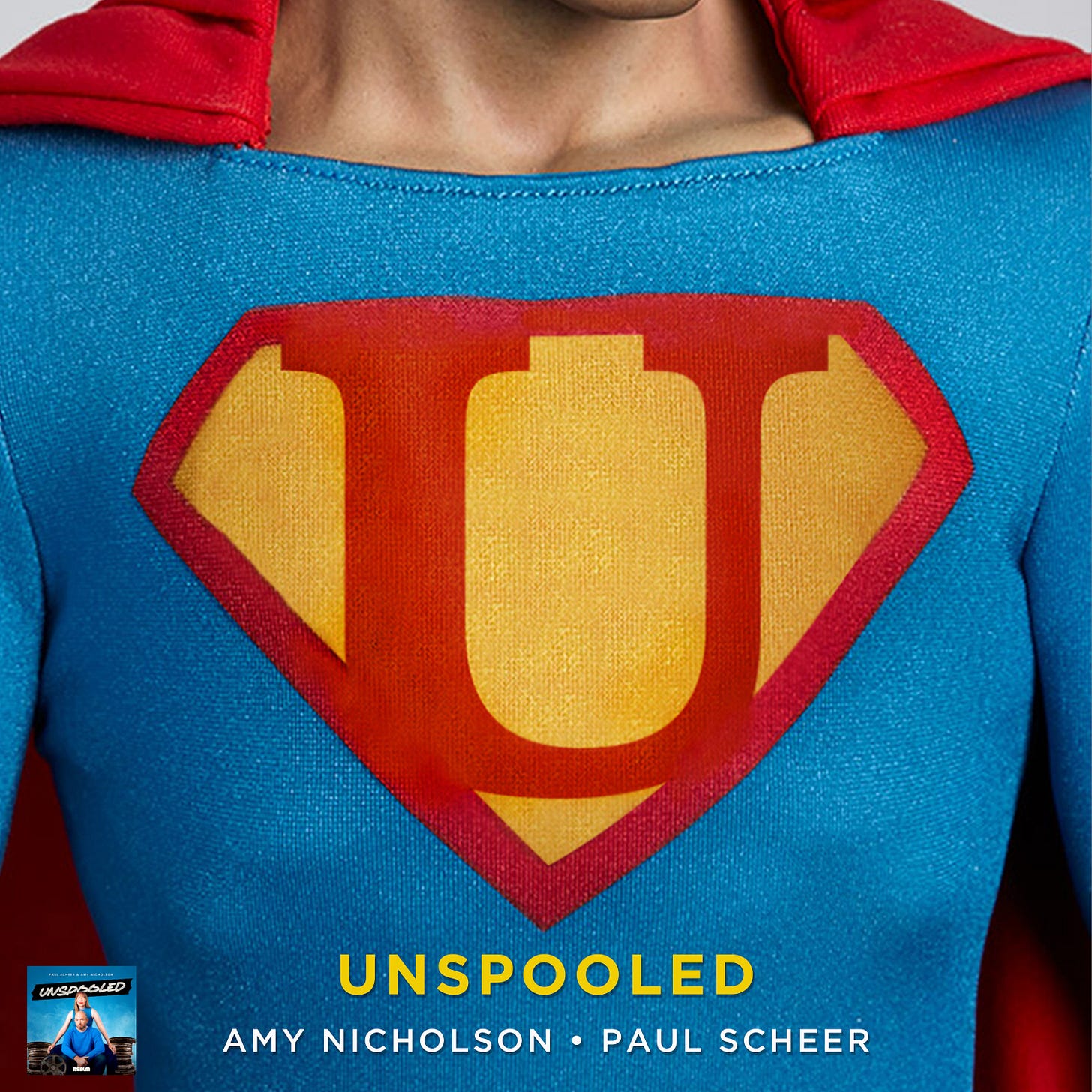

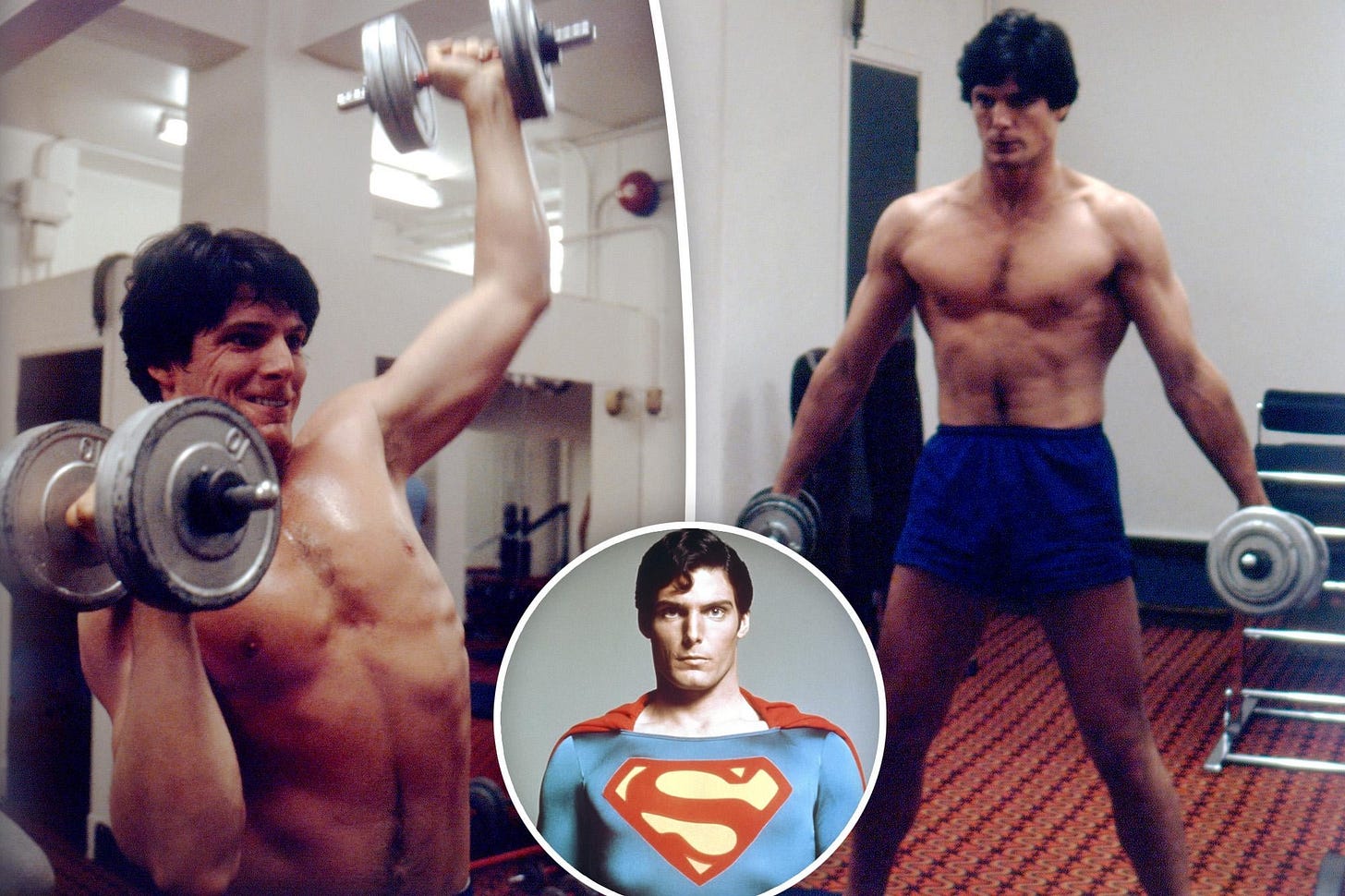

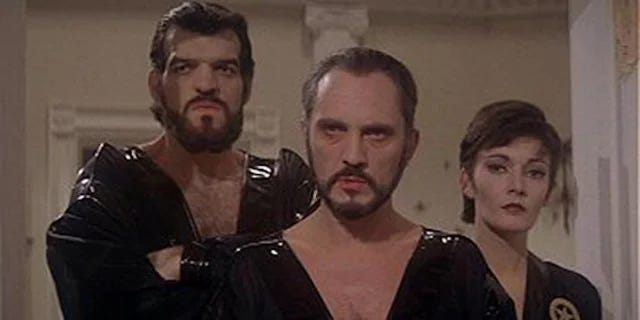
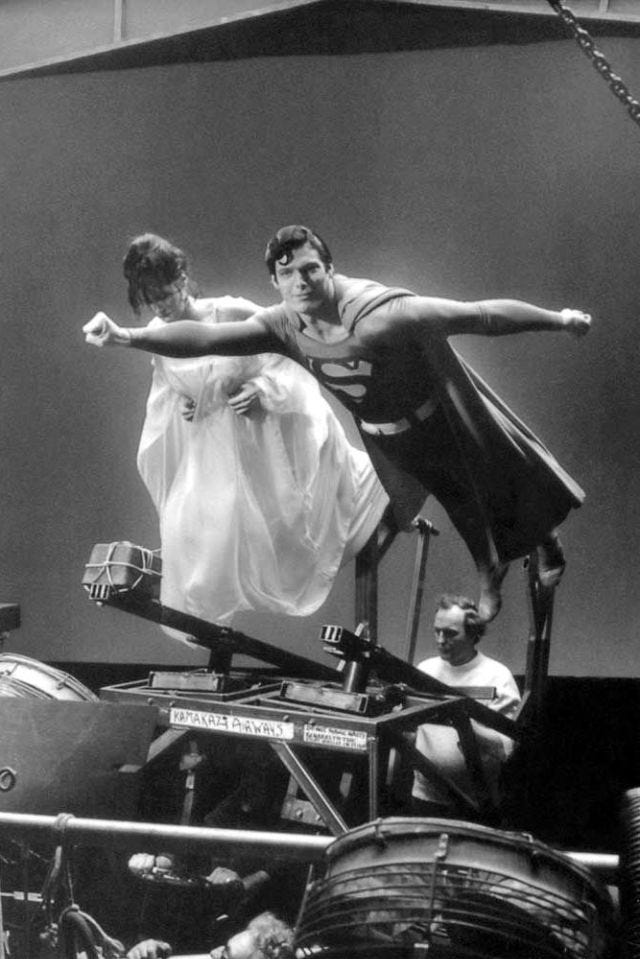
Amongst your recommendations at the end of this article, I love both The Rocketeer and Wonder Woman. Both have some very quotable lines and fun action set pieces.